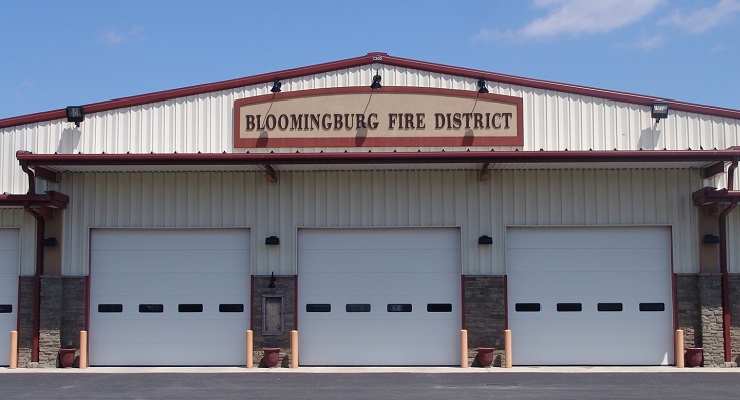
The highly unusual cash-for-votes scam has threatened the stability of the update New York Hasidic community. A recent article in the Forward, “the most widely read Jewish newspaper”, had the latest:
For nearly a decade, locals in Bloomingburg have fought efforts by developer Shalom Lamm to build dense housing for members of the Satmar Hasidic community in the rural village. Lamm pleaded guilty in early June to charges of voter fraud in connection with efforts to illegally register ineligible voters to vote in village elections in 2014.
In December, it seemed that the fight over Bloominburg had ended, and that Lamm had won. The village had received the blessing of the Brooklyn-based leader of the Satmar Hasidic group, Grand Rabbi Zalman Leib Teitelbaum, and members of the Satmar community began moving in in droves.
From an earlier article on the controversy:
Shalom Lamm, the developer behind the controversial effort to build hundreds of homes for Hasidic families in the upstate New York village of Bloomingburg, pled guilty Tuesday to federal charges in a cash-for-votes scam. One of the attorneys representing Lamm, Gordon Mehler, confirmed the plea to the Forward.
Lamm faced a single count of conspiracy to corrupt the electoral process in connection with his efforts to fix village elections in Bloomingburg in 2014. According to prosecutors, Lamm and his co-defendants concocted their scheme after village officials blocked Lamm’s development efforts in 2013. In an effort to elect friendly officials to the village board, Lamm offered rent-free apartments in return for registering to vote, then created fake leases to make it appear that residents had lived in the village long enough to be eligible.
Here is some historical info on the town of Bloomingburg, also known as “Gateway to the Sullivan County Catskills” with a population according to the US census at 420 individuals:
Bloomingburg’s accepted incorporation date is 1833. It was the first county seat of Sullivan County, being located in the original county town of Mamakating. It prospered, first, as a center of commerce along the Newburgh–Cochecton Turnpike, then as a railway town serving vacationers in the mountains. Many guesthouses in the village were not rebuilt after the devastating fire of February 1922, and the village has been primarily an agricultural center ever since.
Leave a Reply